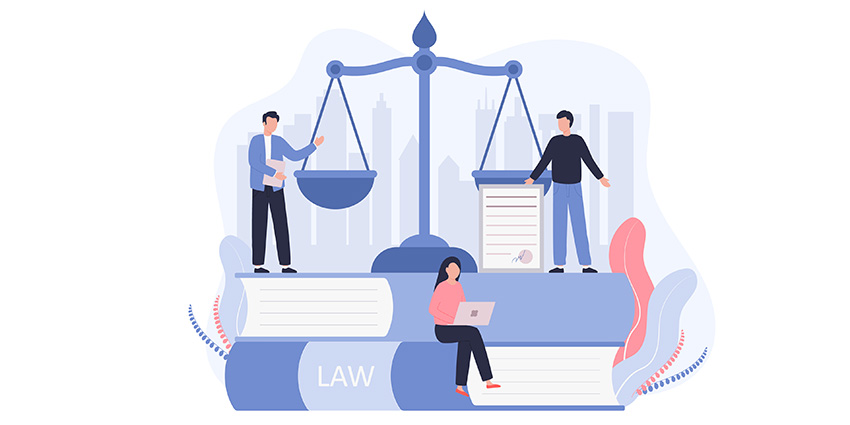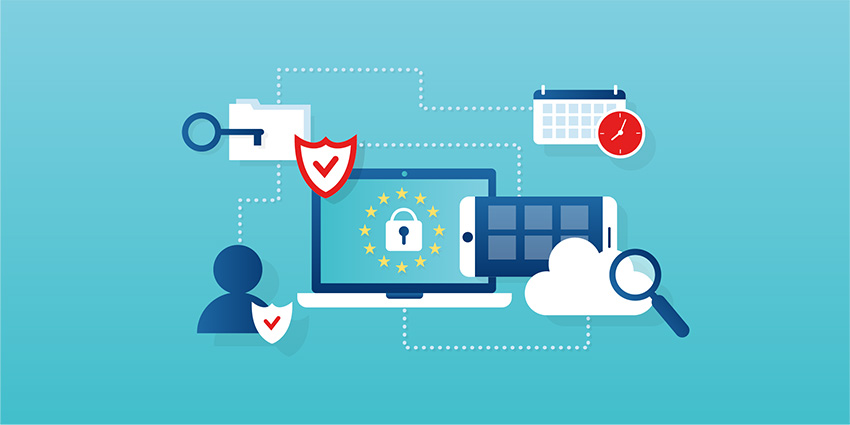Blockchain technology creates a digital ledger to chronologically record transactions. Invented by Satoshi Nakamoto in 2008 to support the Bitcoin cryptocurrency, blockchain allows parties to exchange currency without involving a centralized authority like a bank.
A key feature of a blockchain ledger is that it is distributed across thousands of locations. This ledger is encrypted, but it is publicly accessible. Together, these characteristics make blockchain ledgers both transparent and resistant to falsification. Every transaction builds on the previous record, much like bricks in a foundation.
Unlike email encryption that uses a symmetric key — where the same key both encrypts and decrypts a message — blockchain transactions are encrypted using public-key encryption. With this asymmetric encryption, users need both a public key and a private key to decipher a transaction. This allows anyone to see that a transaction exists on the register, while only the participants can see the details of that transaction.
Many, but not all, cryptocurrencies use anonymizing features so that participants are not directly identifiable. Additionally, because blockchain is distributed, it operates without the oversight of a centralized authority; this is how cryptocurrencies are exchanged independently of banks. The decentralized structure of blockchain also enables cryptocurrencies to — at least so far — largely avoid regulation. Foreign transactions avoid any transaction or exchange fees and can occur effectively instantaneously.
While cryptocurrency is the best-known use of blockchain, other applications are being developed. Some law firms are creating internal blockchain applications to track timekeeping records or merger and acquisition transactions. Blockchain is also used for “smart contracts,” which can self-execute when predefined conditions are met.
Blockchain raises interesting questions for ediscovery. A single entry in a blockchain, standing in isolation, means little; its place in the ledger is what gives it meaning and allows it to be verified. When a blockchain entry includes discoverable information, will the entire ledger have to be produced? How much of the ledger will have to be unencrypted for the discoverable record to be understood?
Additionally, because records in a blockchain are immutable and effectively permanent, preservation and record-retention policies may need to be crafted to suit the technology. The continuing existence of transactions in a blockchain ledger defies policies requiring data deletion at the end of a defined record retention period. Instead, the ledger continues to build on top of previous entries; every “block” is an integral part of the overall structure. Therefore, whether preservation of blockchain records will result in excessive discovery of information that could have been defensibly deleted remains to be seen.
As blockchain technology expands beyond cryptocurrency, expect to see debate about the answers to these questions and more.
Glossary definition
Blockchain technology creates a distributed digital ledger to chronologically and securely record encrypted transactions.




